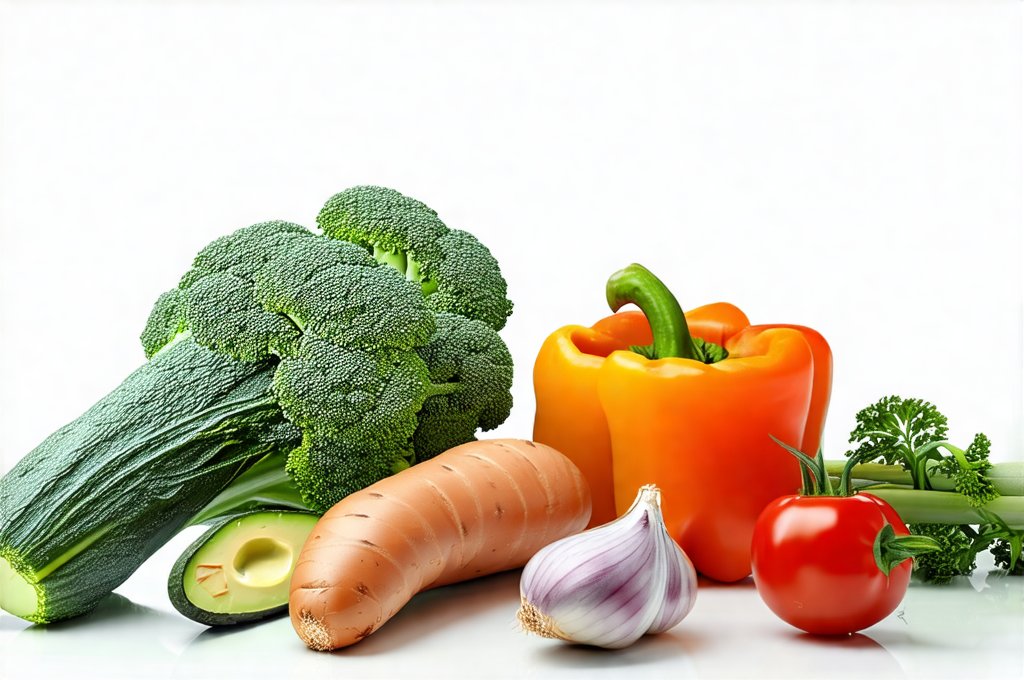Constipation is a surprisingly common digestive issue affecting individuals of all ages. It’s often dismissed as a minor inconvenience, but chronic constipation can significantly impact quality of life, leading to discomfort, bloating, and even more serious health complications if left unaddressed. While many solutions focus on laxatives or drastic dietary changes, a holistic approach considering the timing of fiber intake alongside strategic food pairings offers a gentle yet effective path toward regular bowel movements and overall digestive wellness. Understanding how different fibers interact with our bodies, when to consume them, and which foods support optimal digestion can be transformative for those struggling with this pervasive issue.
Beyond simply increasing fiber intake, the key lies in recognizing that different types of fiber behave differently. Soluble fiber absorbs water, forming a gel-like substance that softens stool, while insoluble fiber adds bulk, promoting intestinal movement. The timing of consumption significantly impacts how these fibers function. For instance, consuming a large amount of insoluble fiber without adequate hydration can paradoxically worsen constipation. Moreover, pairing fibrous foods with specific nutrients and digestive aids can enhance their effectiveness, making the process more comfortable and efficient. This article explores the science behind fiber timing, food pairings designed to alleviate constipation, and how these strategies contribute to a healthier gut microbiome. It’s also helpful to understand best grains for IBS, bloating, and constipation relief as part of your overall diet.
The Science of Fiber Timing & Digestive Processes
The digestive system isn’t a simple assembly line; it’s a complex ecosystem with multiple stages. Food spends varying amounts of time in different parts of the gastrointestinal tract, influenced by factors like fiber content, hydration levels, and individual metabolism. Insoluble fiber generally moves quickly through the colon, stimulating peristalsis – the wave-like muscle contractions that propel waste along. However, if you consume a large amount of insoluble fiber without sufficient water intake, it can actually slow down this process as your body tries to reabsorb moisture from the stool, making it harder and more difficult to pass. Soluble fiber takes longer to digest, providing sustained bulk and softening stool over time. This means consuming soluble fiber earlier in the day allows for optimal hydration and softening throughout the digestive cycle.
The gut microbiome plays a critical role in processing fiber. Beneficial bacteria ferment fiber, producing short-chain fatty acids (SCFAs) that nourish colon cells and contribute to overall gut health. Different types of fiber feed different bacterial populations, highlighting the importance of dietary diversity. Timing your fiber intake can influence microbial activity. For example, consuming fiber-rich foods with probiotic sources (like yogurt or kefir) can enhance fermentation and SCFA production, further aiding digestion. It’s also crucial to avoid overwhelming the system – a sudden increase in fiber can lead to bloating and gas if the gut microbiome isn’t accustomed to it. Gradual increases are key to allowing beneficial bacteria to adapt and thrive. A well-planned daily digestive diet routine for IBS and constipation can help with this process.
Finally, consider the impact of circadian rhythms on digestive function. Our bodies naturally experience fluctuations in digestive efficiency throughout the day. Many people find that bowel movements are most regular in the morning due to hormonal changes and increased gut motility upon waking. Incorporating fiber-rich foods into your breakfast routine can capitalize on this natural rhythm. Conversely, consuming large amounts of fibrous foods right before bed can disrupt sleep as the digestive system continues to work overnight. If you struggle with chronic constipation, looking at breakfast ideas for chronic constipation relief may be helpful.
Optimizing Fiber Intake: Types & Sources
Understanding the different types of fiber is crucial for effective constipation relief. As mentioned earlier, soluble and insoluble fibers have distinct roles. Excellent sources of soluble fiber include oats, barley, apples (with skin), citrus fruits, beans, peas, and carrots. These foods help soften stool and promote regularity. In contrast, insoluble fiber is abundant in whole wheat bread, bran, vegetables like broccoli and cauliflower, nuts, and seeds. This type adds bulk to the stool, stimulating intestinal movement. It’s not about choosing one over the other; a balanced intake of both is ideal.
- Start slowly: Gradually increase your fiber intake over several weeks to avoid digestive discomfort.
- Hydrate adequately: Drink plenty of water throughout the day, especially when increasing fiber consumption. Aim for at least 8 glasses (64 ounces) daily.
- Read food labels: Pay attention to the fiber content listed on packaged foods and choose options with higher amounts.
- Focus on whole foods: Prioritize natural sources of fiber over processed foods or supplements.
Beyond simply increasing intake, consider food synergy. Certain combinations can enhance fiber’s effectiveness. For example, pairing apples (soluble fiber) with walnuts (healthy fats and fiber) provides a balanced snack that promotes both softening and bulk. Similarly, adding flaxseeds (insoluble fiber and omega-3 fatty acids) to your morning oatmeal boosts both regularity and gut health. Knowing constipation relief with high-fiber and hydrating foods is also a great starting point.
Food Pairings for Enhanced Digestive Comfort
Strategic food pairings can significantly improve the effectiveness of fiber in relieving constipation. Combining fibrous foods with healthy fats, probiotics, or digestive enzymes can optimize digestion and minimize discomfort. For example, pairing a serving of berries (soluble fiber) with a small handful of almonds (healthy fats and magnesium) provides a nutrient-rich snack that supports both regularity and gut health. Magnesium helps to relax the intestinal muscles, further aiding bowel movements.
Another effective pairing is beans (insoluble fiber and protein) with fermented vegetables like kimchi or sauerkraut (probiotics). The probiotics in fermented foods help break down complex carbohydrates in beans, reducing gas and bloating. Similarly, combining leafy greens (fiber and vitamins) with avocado (healthy fats and fiber) provides a balanced meal that promotes both digestive regularity and nutrient absorption. Avoid pairing high-fiber foods with processed foods, sugary drinks, or excessive amounts of caffeine, as these can hinder digestion and exacerbate constipation. Practicing mindful eating tips for bloating, IBS, and reflux relief will help you be more aware of how your body reacts to certain foods.
Lifestyle Factors & Holistic Approaches
While diet plays a central role in relieving constipation, it’s important to consider other lifestyle factors that influence digestive health. Regular physical activity is crucial for stimulating intestinal motility and promoting bowel movements. Aim for at least 30 minutes of moderate-intensity exercise most days of the week. Stress management techniques like yoga, meditation, or deep breathing exercises can also help regulate digestive function, as stress often disrupts gut motility.
- Establish a routine: Try to go to the bathroom around the same time each day, even if you don’t feel the urge.
- Listen to your body: Don’t ignore the urge to defecate; delaying bowel movements can lead to harder stools and increased constipation.
- Proper hydration is key: Drink water throughout the day, especially before, during, and after meals.
- Consider a gut health assessment: Consult with a healthcare professional about potential imbalances in your gut microbiome.
Finally, remember that individual needs vary. What works for one person may not work for another. Experiment with different fiber sources, food pairings, and lifestyle adjustments to find what best suits your body. If constipation persists despite these efforts, consult with a healthcare professional to rule out any underlying medical conditions. A high-fiber plant-based diet for constipation and bloating may also be something to explore.


















